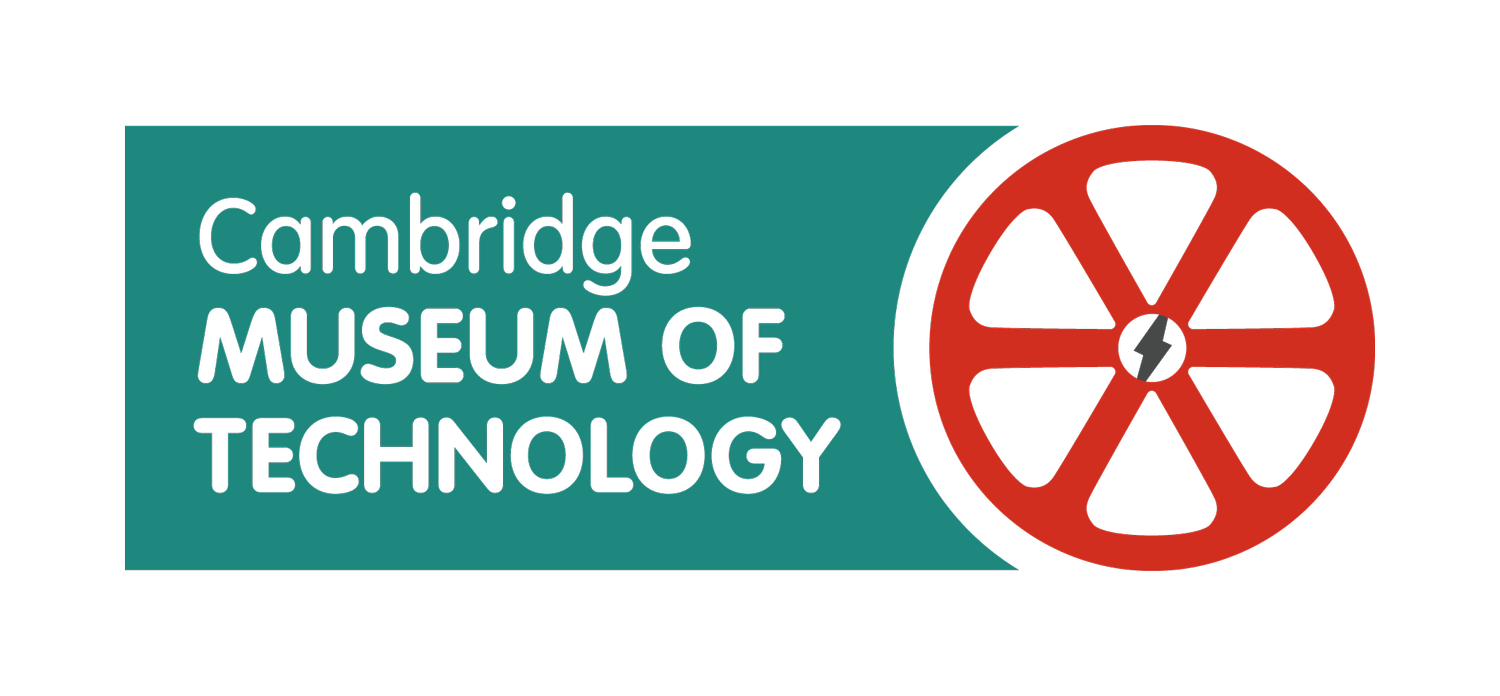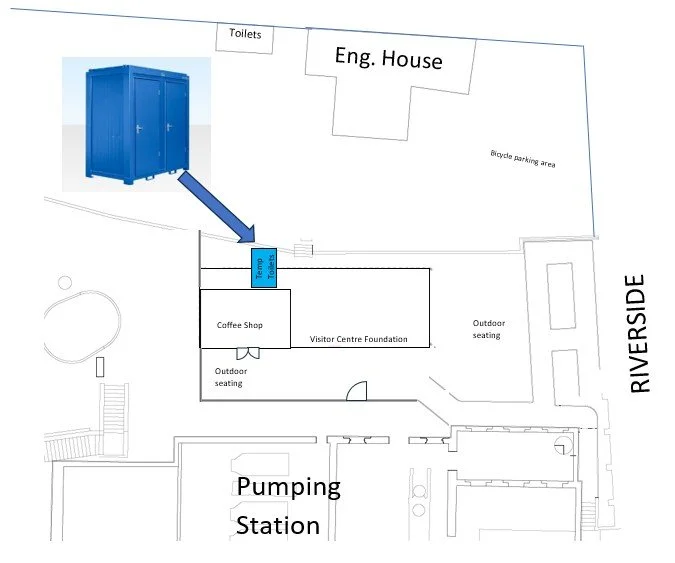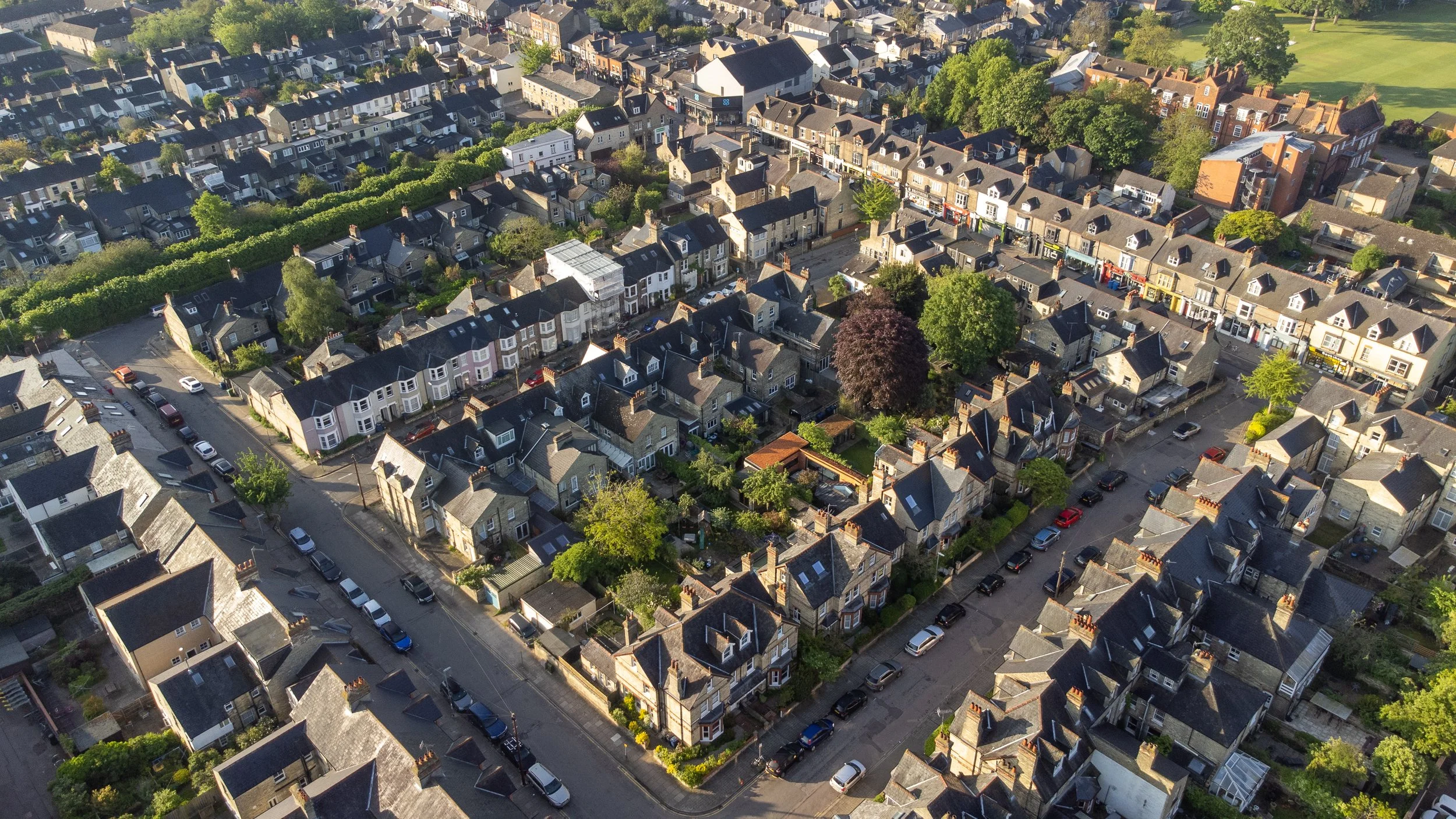To coincide with the Railway 200 anniversary, Cambridge Industrial Archaeology Group has launched a new addition to its popular guided-walk programme
Cambridge Museum of Technology is thrilled to announce a major redevelopment of the Engineers House site will start on 10 November 2025 and should be completed in early 2026. During this period there will be some disruption which we hope to minimise.
A temporary toilet block will be sited in the bicycle parking area as the toilet block in the grounds of the Engineers House will not be accessible during this period.
Calverleys (bar) and Scotts (pizza) will continue to operate from the inside of the Engineers House until the new development is completed.
KK will continue to operate as normal throughout this period.
Cambridge Museum of Technology Invites Residents to Join Its Board of Trustees
The Cambridge Museum of Technology, based at the historic Victorian sewage pumping station on Riverside, is inviting people from Cambridge and the surrounding area to step forward as Trustees and help guide the Museum’s future.
The Museum is a much-loved community resource, hosting family events, school visits, workshops, and steam days alongside its nationally significant collection of working engines and historic machinery. It tells a different side of Cambridge’s story — one rooted in industry, innovation, and the everyday lives of local people.
“We see the Museum not just as a heritage site, but as a vibrant part of the community here in East Cambridge,” said Vincent Mak, Trustee. “We’d love to hear from people who want to get involved in protecting this unique part of our city’s history while helping us develop new ways to welcome and inspire local families, schools, and visitors.”
Trustees play a central role in shaping the Museum’s future, from safeguarding its historic buildings to supporting education and community activities. The Museum is particularly keen to welcome people who live locally (including in CB5) and who can bring a range of experiences and perspectives. Prior experience as a trustee is not required — enthusiasm, ideas, and a commitment to the community are most important.
How to Apply
To find out more, or for an informal chat and a chance to visit the site, please contact vincent.mak@museumoftechnology.com. Applications should include a CV (up to two pages) and a short supporting statement.
The Museum welcomes applications from all backgrounds and is committed to reflecting the diversity of Cambridge.
For more information download the candidate pack here.
Here at Cambridge Museum of Technology, we have been working hard to expand what we offer to schools and to broaden the age ranges we cater for. We are pleased to launch our new education programme for 2025 with some old favourites, along with some new workshops.
Welcoming all age ranges of children to the museum in 2024/5 was one of our goals and we were delighted to have visits from pre-school age children, primary age children (reception to year 6!) and also those in key stages 3 and 4, through home education groups and visits from language schools.
With a focus on STEM learning, the history of the pumping station and the Pye Group, alongside a more general focus on the local history and geography of Cambridge, we now offer workshops to support learning across the national curriculum.
Our new, full day set of workshops based around rivers will focus on geography, science, ecology and celebrate aspects of our wonderful Pye collection.
Going forward, we hope that 2025/6 will be another busy year for the education team and our dedicated volunteers who are a wonderful asset to our museum and the work we do in education.
At #OpenCambridge 2025, Mill Road History Society presented a video: Mill Road Through Space and Time, the outcome of a drone-video collaboration with Cambridge Industrial Archaeology Group.







